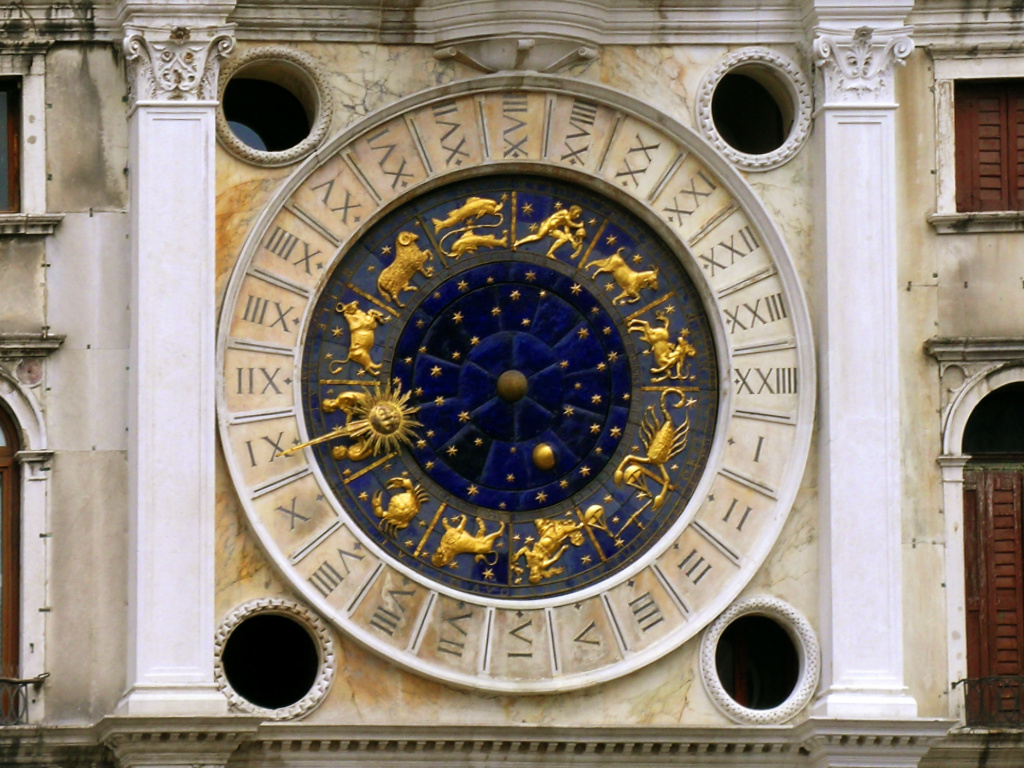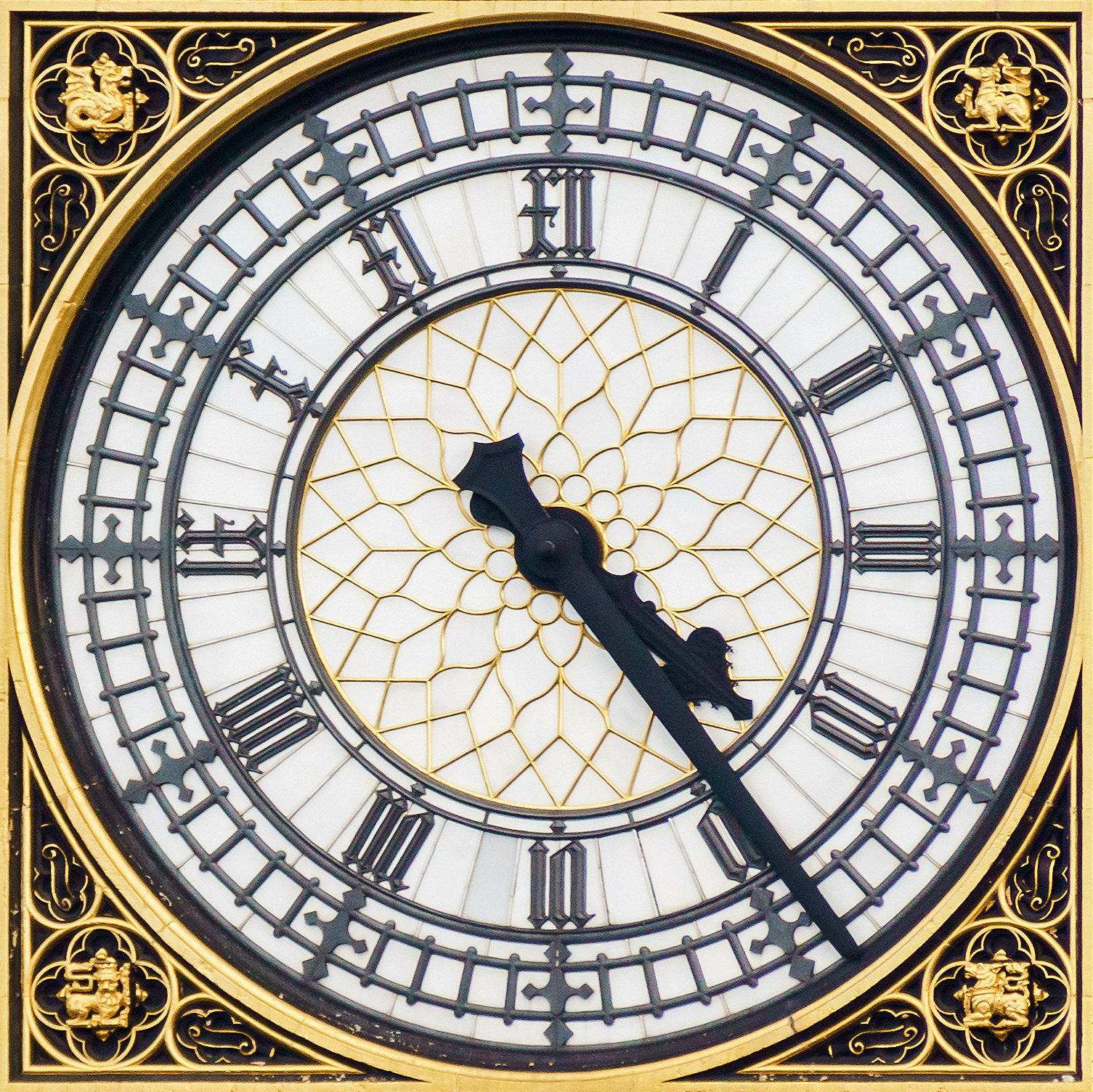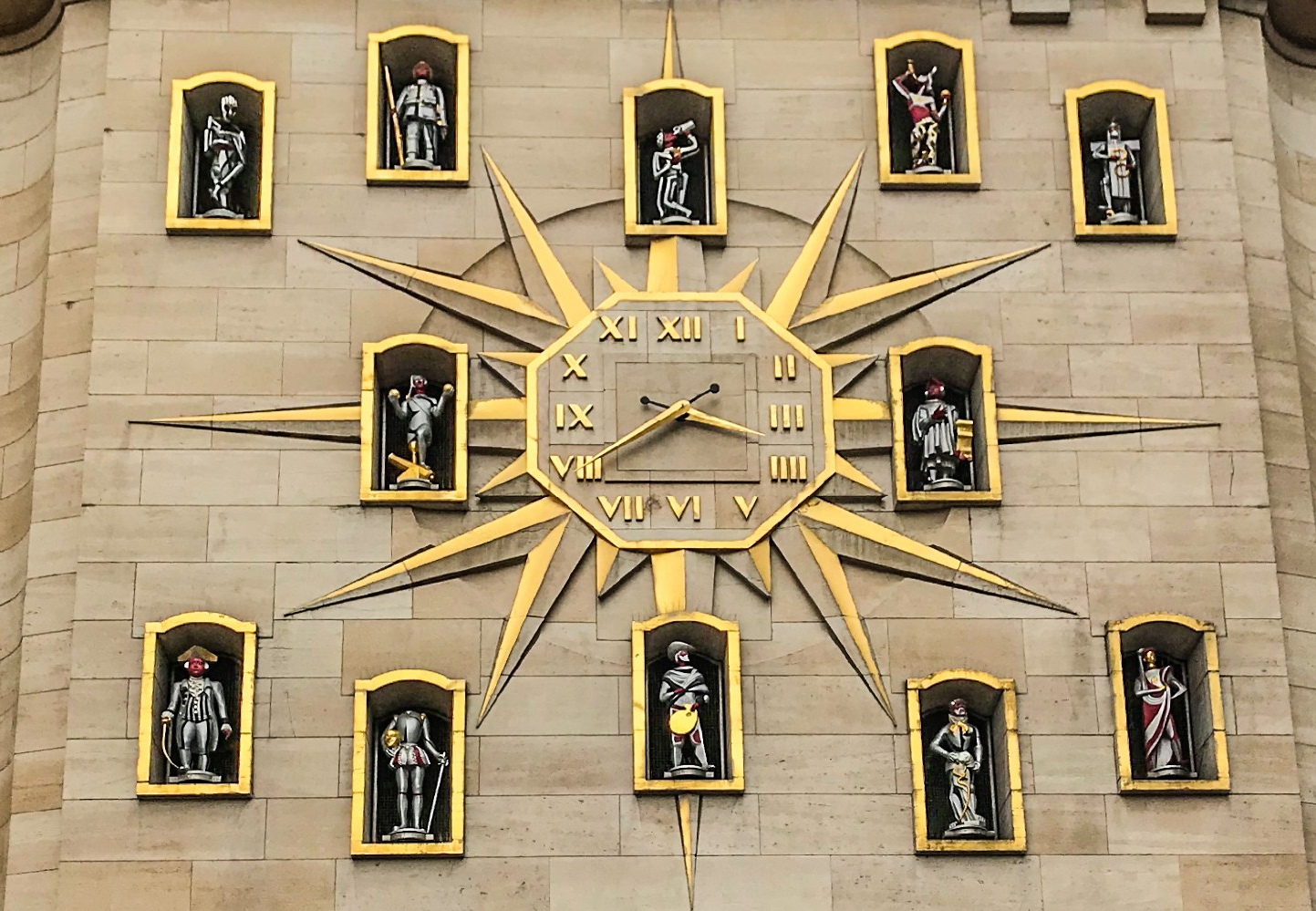Ever noticed that the 4-o’clock position doesn’t read ‘IV’ but rather ‘IIII’ on a watch? By golly Dr Watson, what’s going on?!
Chillax my friend, we’ve got you covered. “Why does a watch use the number IIII instead of IV”. This is the question we will answer by the end of this article. So bare with us as we gently uncover the use of the number four in watch & clock making (or scroll down to read the conclusion).
Roman Numerals
Prior to diving into watch faces, a quick recap of the evolution of the actual Roman Numerals. Lest we forget, at first they read as follows: I, II, III, IIII, V, VI, VII, VIII, VIIII, X. For a bunch of reasons they moved on to this instead: I, II, III, IV, V, VI, VII, VIII, IX, X
Both invariably remained in use nearly all the way up to modern times apparently. However, we did all accept at some point to standardize, all of us, except for the watch makers. Why pick IIII for watches around the globe, if it wasn’t good enough for the rest of humanity? Why make something that could be quite simple, more complex than it should be? Oh wait, I forgot we’re talking watches here..
Clocks
Let’s see if there was some consistency through time with the grandfather of the wristwatch, the clocktower.
We start in Venice, where we find a late 15th century clocktower. They stick to the old form and use not only IIII but also VIIII etc:

How about the younger brother Big Ben?

Okay, here it looks like we’ve decided to switch to the use of the more ‘modern’ IV.. So can we conclude that all ‘younger’ clocks switched to the use of IV? No, we can’t. Case in point is the even younger Carillon of the Mont des Arts in Brussels:

Here we switch back to the use of IIII. Note that it has dropped the use of VIIII and the likes. So essentially, the past three clocks use three different sets of numerals. Dear clockmakers, you get zero points for consistency.
Looking at the use of the number IIII through time, doesn’t really teach us anything.. Let’s dig a little deeper.
Roman Striking
Why precisely the folks have been mixing them up for centuries now, we can’t tell you for sure. There are a bunch of theories out there and a lot seems to boil down to pure legibility & design based choices. There is however ONE documented reason you can actually take for certain and share as fact rather than rumor. Ladies and gentlemen, clocks that used Roman Striking for sure used the IV for a very rational reason. “What is Roman Striking?” – you ask, I Wiki-quote:
[…] a form of striking known as “Roman Striking” invented by Joseph Knibb, in which a large bell or lower tone is sounded to represent “five”, and a small bell or high tone is sounded to represent “one”

It takes the ‘modern’ Roman Numerals (with the IV) and harmoniously translates them by use of those two bells. So if it would be four-o’clock, it would sound ‘I V’: a high tone (I) followed by a low tone (V). Instead of beating 4 times, it could conserve power of the striking train and simply sound twice, very clever. Imagine for example seven-o’clock, this would be just 3 sounds as opposed to 7 (one V and two I).
Clocks using this type of striking will show four-o’clock on the dial with an “IV”, so that it matches with what the clock will sound (one high and one low sound).
And so, Roman Striking, is the only rational reason we can say for certain that dictates the use of IV over IIII on a dial.
Okay but what about wristwatches?
So until now we understand that on clocks there seems to be a bit of mixed usage, most of it for legibility reasons and in rare cases for actual use in case Roman Striking is in play. But what about wristwatches? Why do they mix it up?

The only reason that you see both used on wristwatches today is that it is for design and balance only. That is the only reason, simple as that.
It does seem that IIII has more or less won the battle on wristwatches as opposed to IV for anyone outside the horological universe (because of course). This doesn’t mean that there are no watches with the number IV on the dial though. Case in point is the Heritage Perpetual Moon from the Enfant Terrible (and undisputed Rock Star) in the watch industry, H Moser & Cie :

We repeat: In today’s watchmaking, it is without any doubt purely a design choice. No more, no less. Looking at the Moser dial for example, you could argue that an IIII would have looked less balanced than that perfectly balanced IV.
The only reason that you see both used on wristwatches today is that it is for design and balance only. That is the only reason, simple as that.
Potato, Potahto?
And so class, you see that the use of IIII or IV is basically the horogical equivalent of “you say Potato and I say Potahto”. Same same – but different!
Small side-note is that most established brands tend to stick with one or the other.


